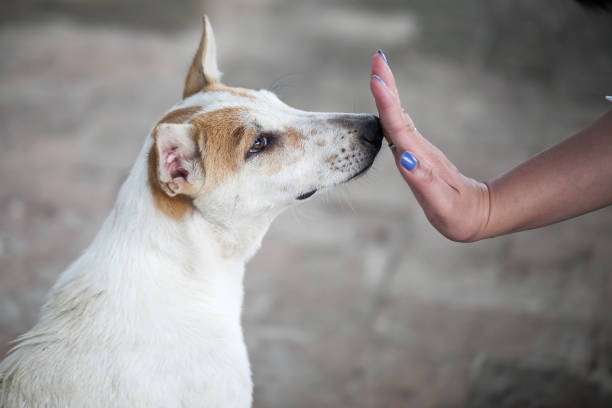Anal gland expression is an essential aspect of canine hygiene and health care that often goes unnoticed by many dog owners. These small sacs, located on either side of a dog’s anus, play a crucial role in marking territory and communicating with other dogs. However, they can also become problematic if not properly maintained. In this article, we’ll delve into the frequency, importance, and best practices for expressing a dog’s anal glands to ensure their comfort and well-being.
What Are Anal Glands and Why Are They Expressed?
Anal glands, also known as anal sacs, are small glands located internally on either side of a dog’s anus. They produce a pungent-smelling fluid that dogs use for scent marking and communication with other canines. Under normal circumstances, these glands empty naturally during defecation. However, in some dogs, the glands may become impacted or fail to empty properly, leading to discomfort, irritation, and potential complications such as infection or abscess formation.
Expressing the anal glands involves manually emptying the contents of the glands to relieve pressure and prevent potential issues. This procedure is typically performed by a veterinarian or a trained groomer, although some dog owners may learn to do it at home under veterinary guidance.
Frequency of Anal Gland Expression:
How often to express dog glands ? – The frequency of anal gland expression varies among individual dogs and depends on several factors, including breed, age, diet, and overall health. While some dogs may require regular gland expression every 4-8 weeks, others may go longer periods without needing it. Additionally, certain breeds are more prone to anal gland issues due to their anatomy or predisposition to skin and coat problems.
Signs That Your Dog Needs Anal Gland Expression:
- Scooting: If your dog is dragging their rear end across the floor or ground, it may indicate discomfort or irritation caused by full anal glands.
- Excessive Licking or Biting: Dogs may excessively lick or bite at their anal area when the glands are impacted or inflamed.
- Foul Odor: A strong, foul odor emanating from your dog’s rear end could be a sign of anal gland issues.
- Discomfort or Pain: Dogs may exhibit signs of discomfort or pain when sitting or defecating if their anal glands are full or infected.
Best Practices for Anal Gland Expression:
- Consult Your Veterinarian: Before attempting to express your dog’s anal glands at home, consult your veterinarian for guidance and proper instruction.
- Regular Veterinary Check-ups: Include anal gland evaluation as part of your dog’s routine veterinary examinations to detect any issues early.
- Monitor Your Dog’s Symptoms: Be vigilant for signs of anal gland discomfort or impaction, and seek veterinary assistance promptly if you notice any abnormalities.
- Professional Grooming: Consider scheduling regular grooming appointments with a professional groomer who is experienced in anal gland expression.
- Dietary Considerations: Some veterinarians recommend dietary changes, such as adding fiber or switching to a different type of food, to help promote regular bowel movements and prevent anal gland issues.
Conclusion:
Anal gland expression is an essential aspect of canine hygiene and health care that should not be overlooked. By understanding the frequency, importance, and best practices for expressing a dog’s anal glands, pet owners can help prevent discomfort, irritation, and potential complications for their furry companions. Remember to consult your veterinarian for guidance and support in maintaining your dog’s anal gland health, and seek veterinary assistance if you notice any signs of anal gland issues. With proper care and attention, you can ensure your dog’s comfort and well-being for years to come.

